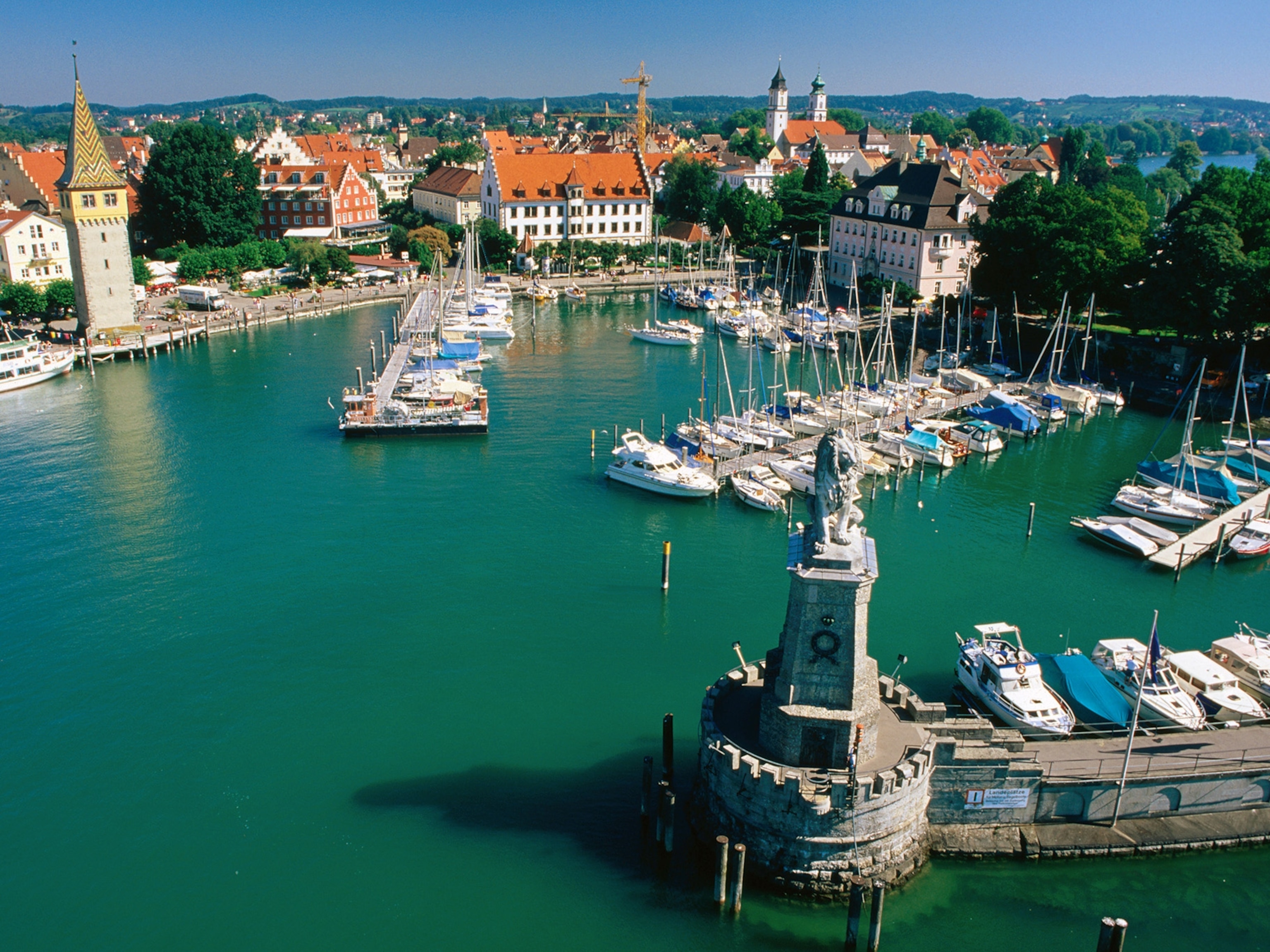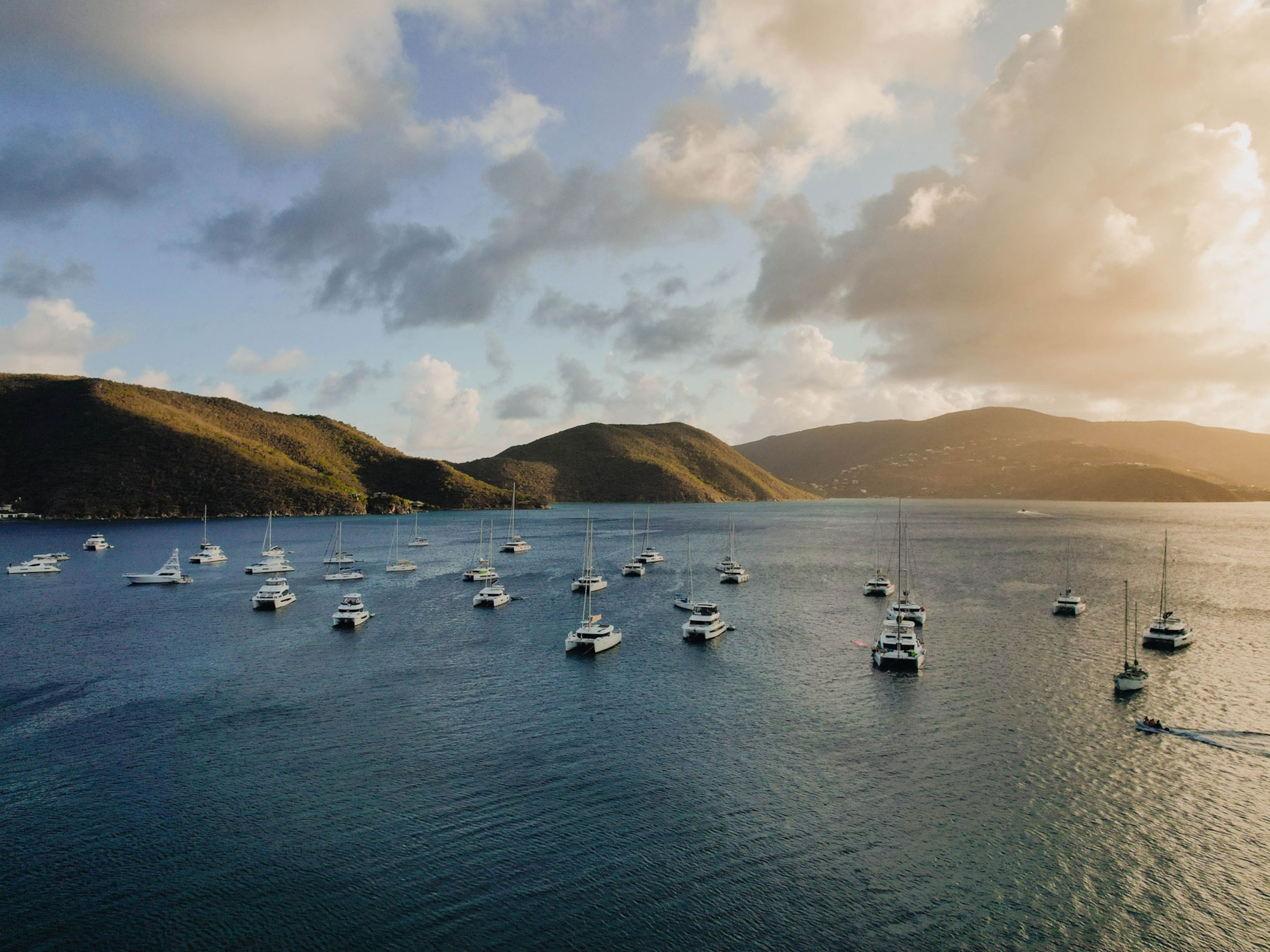
Surfer Becomes First to Cross the Atlantic on a Paddleboard
Chris Bertish paddled an estimated two million strokes to travel solo from Morocco to Antigua in just 93 days.
Ninety-three days, 4,600 miles, and almost 2 million strokes. That's what it took Chris Bertish to paddle across the Atlantic Ocean on a stand-up paddle (SUP) board.
"It was pretty radical, pretty incredible, driven by a passion and a purpose greater than yourself—and that powered me to get through everything, day in and day out," said Bertish in a Skype interview with National Geographic.
Beginning off the coast of Morocco, he travelled for 93 days to reach English Harbour, Antigua, where he arrived haggard and grateful to still be standing.
In a note on his Facebook page, Bertish wrote that his last 72 days had been some of his most harrowing. Weather and exhaustion worked against him. He had been surviving on freeze-dried meals for nearly three months. Waves threatened to swamp him, and he had several run-ins with sharks who tested the material of his board to see if it was edible.
“I saw everything,” said Bertish. “Every type of animal you want to see, every type of animal you don’t want to see.” (See great whites surround paddleboarders.)
The bearded and sun-tanned surfer apologized for his appearance during the video interview, but explained the beard helped him survive the elements of the open sea. He was welcomed by friends and family members cheering him on during his final strokes to the finish line.
Bertish recounted the trying conditions he had to face. Relentless trade winds slowed his progress, though he kept to his grueling pace as he paddled 12-15 hours every day.
“It’s more than the endurance side that was difficult to keep going. I had to manage the elements and manage myself mentally. I had massive system malfunctions that I was trying to troubleshoot myself.”
His board–and with it, his feet and ankles–were also underwater most of the trip. His storage compartments would take on water, too, forcing him to open them even if it meant risking losing his food.
"I pretty much constantly felt like I was sinking,” he said. “Every two weeks I had to open up the hatches and pump out the water, but that’s where my food was. It was a double-edged sword.”
Five years went into preparing for the trip, which required a paddleboard that was much more robust than what a layperson would use. His custom-built board was 20 feet in length and weighed 1,350 pounds. That sounds heavy, but Bertish says the craft was much lighter than even the smallest of the boats that have done similar crossings.

“The craft was probably too light. In the open ocean, you essentially get thrown around like a cork,” he said.
The board had a four-inch deck, which was all that separated Bertish from the open ocean. It was only two feet longer than the board he usually paddles on longer trips.
It also included a cabin at the front end that allowed Bertish to take shelter from the elements overnight and a number of technological amenities such as a satellite phone, a radar device, a MacBook, a water maker—hauling 10 liters of water for each of his 90 days would be more than impractical, he says—and a radio.
At one point, he said, none of his equipment was working except his radar, which he needed to alert ships to his presence on the water.
In addition to unpredictable weather and close encounters with critters, Bertish constantly faced difficulties with his board. Only a few days into his journey, his main steering failed, forcing him to come up with an alternative on the fly.
“There were numerous times when I was worried about the craft handling the conditions well,” he said “I was worried about it basically falling apart around me.”
One night, a line got tangled around his centerboard in rough conditions. He shouldn’t have been out on the deck, he said, but he had to disentangle the line. So he took a knife and plunged into the water. While he was working, a wave ripped the board away from him, slicing his line through the centerboard–a central fin used to help small watercraft like sailboats balance–and sparing his fingers only because he had recently taped over his blistered hands.
Sponsored by financial group Carrick Wealth, Bertish made the journey as a way to raise money for charity and test the limits of possibility. The Lunchbox Fund, Operation Smile, and Signature of Hope were the three main beneficiaries of the reported $6 million raised by the epic journey.
Bertish is no stranger to impressive physical feats. The South African has previously racked up accolades for surfing record-breaking waves and long-distance stand-up paddleboarding.
He emphasized that this journey was worth all of the hardship he faced, as the money would be donated to charities that help children in South Africa. “Knowing the impact this will have,” he says, “made every day out on the open ocean worthwhile.”





